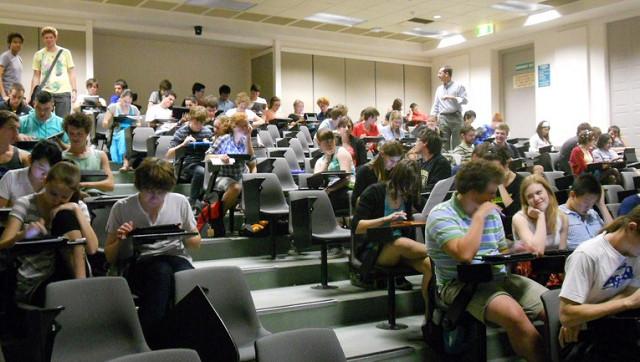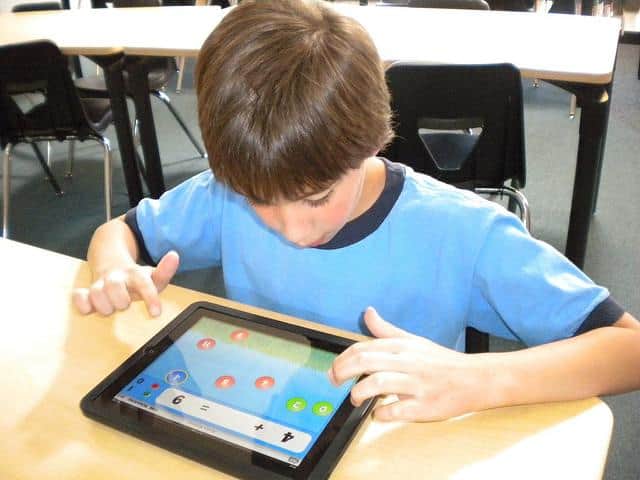
If we were to compare the learning system we have now to the learning system we had 10 years ago, we can definitely tell that there’s a difference. What will happen 10 years from now? There’s no point in running away from advanced technology. Whether we like it or not, tech in the classroom has gone mainstream. In developed countries around the world most schools have computers, laptops, video projectors, and teachers that have completely changed their curriculum. Some argue that technology doesn’t help a child learn better. Others disagree. Here are 5 tech disruptions that will completely reshape the learning system a decade from now.
Education extends beyond the conventional classroom
Thanks to smart devices such as iPads, students can now learn useful things outside the conventional computer lab. When assignments are made available, pupils can start working from anywhere – the classroom, but also at home or in between classes. Mobile classroom technology helps bridge the gap between home learning and learning in class. Furthermore, since access to information can be obtained while at home, kids can enter classes more prepared. This accelerates their learning speed, and prepares them for more challenging lessons.
The death of conventional textbooks
At the beginning of the school year, kids used to get excited when receiving new books. They would make covers and shuffle them to see what the curriculum had prepared for them. It was a fun activity that will soon go extinct. eBooks are increasing in popularity, and increasingly more students can now download their textbooks on smart devices such as iPads and laptops. One of the main benefits of an e-book is the price. In digital form, they’re a lot cheaper. Some students love them because they seem more interactive and easy to access.
The rise of the flipped classroom
Given that technology has already changed the conventional learning system, it’s safe to say that the whole classroom model is changing. Teachers are no longer teaching. Students are more engaged and active because they’ve managed to absorb most of the information presented at home. This gives them the chance to interact more in class, and explain processes to their peers is a simpler and easy-to-understand manner. As for the teachers, they can just sit back and listen to pupils talk about what they’ve read at home.
Increased collaboration
Thanks to advanced technology, a key characteristic in the modern classroom is materializing: collaboration. Social media allows students to stay in touch even when they’re not in class. Also, those that can’t attend a class physically, can access the internet and attend live courses. Most universities give students access on online portals from where they can download the curriculum, ask questions on forums, access grades online, and stay in touch with exam dates. Smart devices are omnipresent, and every student has at least one smart device that can be used to access the internet, go online, and collaborate with peers and teachers.
Personalized learning
A decade ago we didn’t have the tools we have today to make learning interactive. Since students now hold smart devices, the conventional classroom has also been revamped. Video projectors are now common tools that most teachers find priceless. They can be connected to a laptop and used for educational videos and PowerPoint presentations. Teaching students a specific process with visuals is a very useful means of helping them understand a subject matter in a more fun and engaging way. E-learning has potential, and teachers must start embracing technology if they want students to be interested in what they have to share in class.
The educational system is reshaping thanks to disruptive technology. Some don’t agree with using high tech in class because it can be distracting. But rather than forbid students from using iPads in class, it’s a lot better to encourage them to put these devices to good use. Laptops and tablets are fun, so why not use them to encourage students to learn better, fast and more productively? Parents now have apps they can download to keep track with their kids’ progress in school. A school pupil tracker or an online website that shows your child’s realistic grades might seem intimidating. But used right these tech innovations feature a lot of added benefits.


